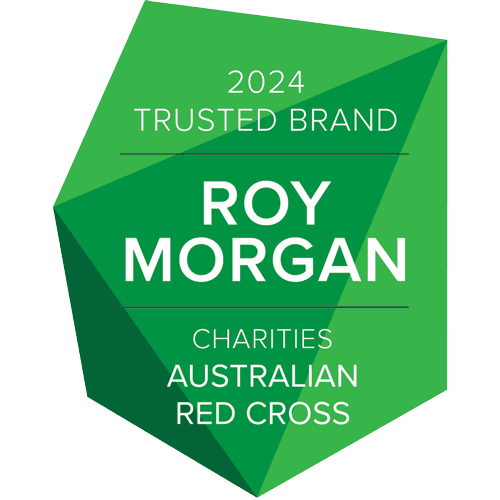Typhoon Haiyan: Thinking back and looking ahead
'I felt finished.' In three words, a woman in the fishing community of Biasong recalled the despair she felt when she surveyed the damage inflicted by Typhoon Haiyan.
The strongest tropical storm ever to make landfall in the Philippines, Typhoon Haiyan ripped through the Visayas region on November 8th 2013. 16 million people were affected, 8,000 people were killed and 1.4 million homes were damaged or destroyed.
What was left in the super typhoon's wake, once the deadly tidal surge and high winds had dissipated, was the shattered infrastructure of what were already some of the most vulnerable provinces in the Philippines. Thousands of acres of crops were destroyed; livelihoods had been lost.
Three and-a-half years on, the majority of Biasong's residents have made a strong recovery. A fisherman shows off his night's catch. Children play by the shoreline. Farmers are on the way to their fields. Construction workers build a new road, connecting Biasong with the nearby town of San Isidro. The damaged Barangay hall remains the sole reminder of the storm.
This remarkable recovery process is in no small part, thanks to the typhoon haiyan recovery program that was carried out by Philippines Red Cross and supported by Australian Red Cross.
Over the past three years hundreds of houses and latrines were built - some with rainwater harvesting systems, others purpose-built for those with disabilities. Health facilities were not only rebuilt, but improved and updated to provide services such as birthing clinics.
Community action plans and vulnerability and capacity assessments were created and conducted by hundreds of Red Cross teams - in an effort to boost the resilience of these communities for when another typhoon hits.
Schools were rebuilt with working washrooms and latrines, hygiene promotion was taught to children.
[****Image--->The aerial image of Banat-i elementary school makes the red roofed classrooms built by Red Cross clearly visible. Photo: P. Bolte, Banyaneer****]
But the biggest success story has been the restoring of livelihoods. In the past three years cash grants have helped over 150,000 households get back on their feet. The grants supported job skills training (such as baking, motorcycle repairs and food processing) and the start-up of small businesses.
Businesses like 46-year old Corazon Sabroso's eatery. From the grant she received, she bought kitchenware and ingredients to set up her business. She now earns 300 Philippine pesos a day (around $8 Australian dollars). She can afford to send all her children to school and is currently building a new house for her family.
[****Image--->Corazon Sabroso and her family. Photo: Swiss Red Cross****]
'We are happy to see people rise above the storm, and pleased for those whose lives we have improved by creating different kinds of opportunities for them,' said Philippine Red Cross Chairman Richard Gordon.
[****Image--->Pedro was given a small grant through the Red Cross and was able to start his own Tilapia farm. Photo: P. Bolte, Banyaneer****]
The recovery program is now being handed back to the communities to direct. Philippine Red Cross will continue to work with them into the future.
This changing of guards was marked with a high level handover ceremony in Leyte, Philippines yesterday with Australian Red Cross CEO Judy Slatyer and Director of International Programs, Peter Walton in attendance.
The event served as an opportunity for Philippine Red Cross and Australian Red Cross to discuss the success of the program, and to reflect, learn and adapt for improvement in the future.
'We're thinking back and looking ahead' said Peter Walton.
Charity donations of $2 or more to Australian Red Cross may be tax deductible in Australia. Site protected by Google Invisible reCAPTCHA. © Australian Red Cross 2025. ABN 50 169 561 394
